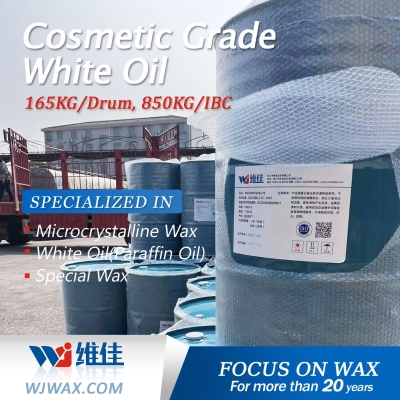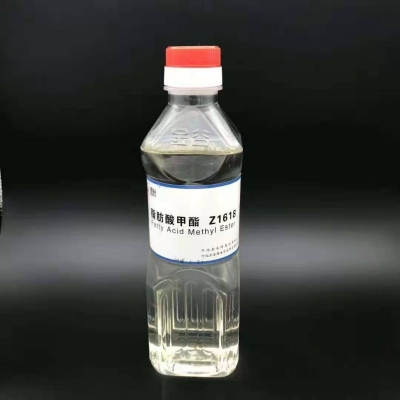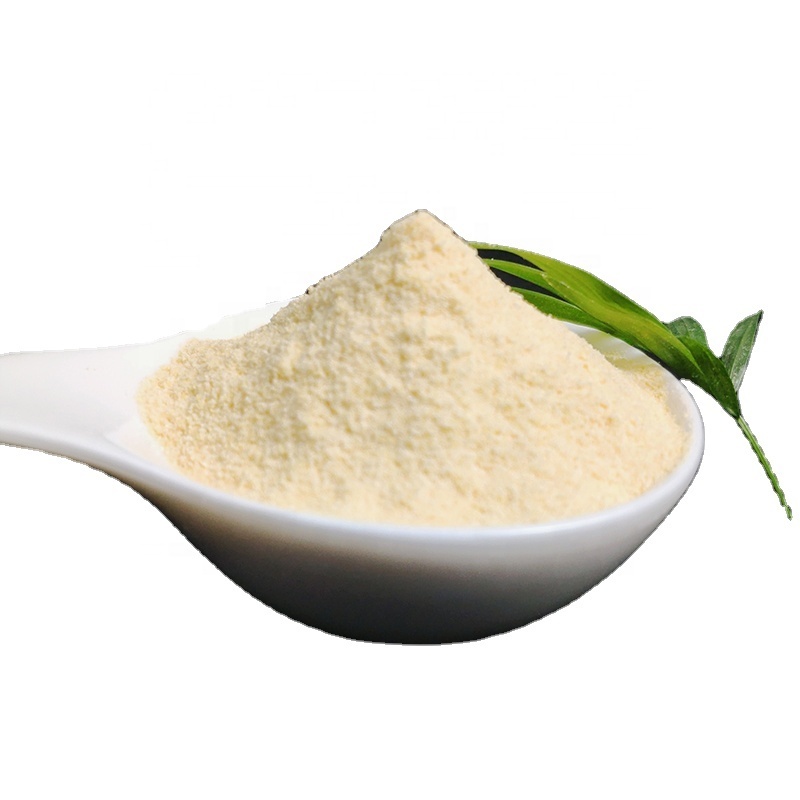-
Categories
-
Pharmaceutical Intermediates
-
Active Pharmaceutical Ingredients
-
Food Additives
- Industrial Coatings
- Agrochemicals
- Dyes and Pigments
- Surfactant
- Flavors and Fragrances
- Chemical Reagents
- Catalyst and Auxiliary
- Natural Products
- Inorganic Chemistry
-
Organic Chemistry
-
Biochemical Engineering
- Analytical Chemistry
-
Cosmetic Ingredient
- Water Treatment Chemical
-
Pharmaceutical Intermediates
Promotion
ECHEMI Mall
Wholesale
Weekly Price
Exhibition
News
-
Trade Service
The pre-naphtha fraction is obtained by crude oil distillation, and the distillation method should be carried out
according to the requirements of GB/T6536.
Naphtha fractions are sufficiently eluted with alkali and water to remove hydrogen sulfide and inorganic chlorides
.
The organochlorine content
in the calculated naphtha fraction was determined by the following two methods.
Method: The eluted naphtha fraction was transferred to a dispensing funnel containing sodium biphenyl dissolved in
toluene.
Sodium biphenyl can convert organic halides into inorganic halides, evaporate and concentrate the aqueous phase, and add human acetone for potentiometric titration, thereby calculating the organochlorine content
in crude oil.
Organic bromide and organic iodide in crude oil have an impact
on this method.
BT-1331 Micro Coulomb Chlorine Analyzer Cracking Furnace Over-temperature Protection, Long Life (Service Life of More than 3 Years
).
The experimental temperature of the cracking furnace is set, controlled and stored by the
computer.







